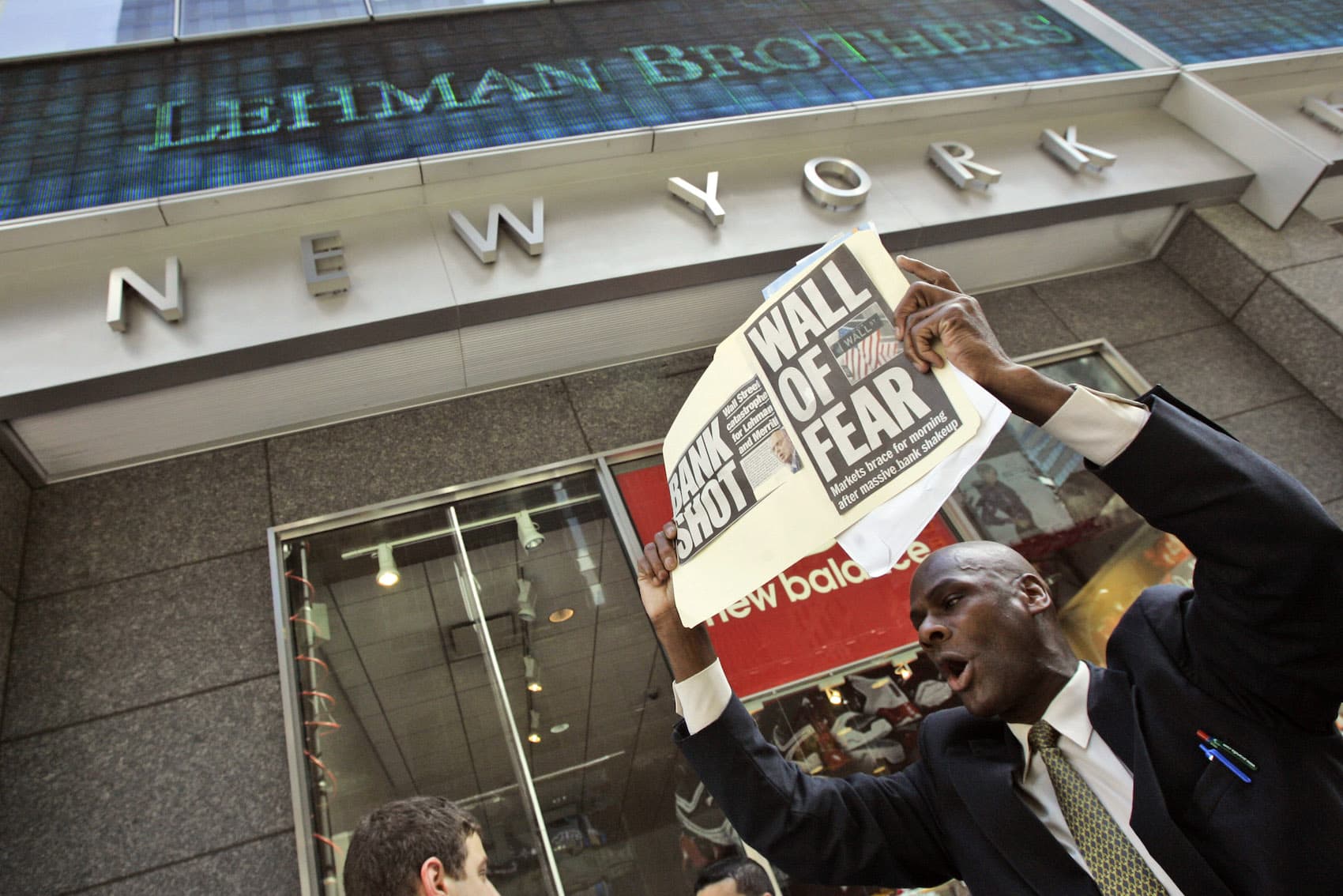Recent Banking Collapse
Traditional banking failed due to its reliance on centralized control, fractional reserves, and vulnerability to liquidity shocks exposed brutally during crises like the 2008 collapse and the 2023 regional bank failures. These systems often prioritize profit over depositor protection, leaving funds inaccessible during panic-induced runs. QFS Web Secure (QFS) was conceived as a decentralized, quantum-secure alternative that eliminates third-party risk by placing asset custody directly in users’ hands. With quantum-resistant encryption and real-time settlement capabilities, QFS is designed to maintain liquidity, prevent systemic contagion, and ensure uninterrupted access to funds no matter the geopolitical or economic climate.
How QFS Prevents This From Happening Again
The Root Causes:
-
Fractional reserve banking allowed banks to hold insufficient liquidity
-
Digital banking enabled instant withdrawals that outpaced traditional safeguards
-
Social media amplified fear and accelerated bank runs exponentially
The QFS Solution:
-
Full-reserve digital currency eliminates bank run risk
-
Decentralized architecture removes single points of failure
-
Real-time liquidity monitoring prevents hidden risks
A System Designed for Stability
QFS fundamentally restructures financial architecture to prevent the conditions that led to the 2023 collapse. By combining quantum-secure technology with decentralized finance principles, we're building a system where no institution is "too big to fail" because the system itself cannot fail.



:max_bytes(150000):strip_icc()/GettyImages-1485498125-7c262e86cb2c4d1fbb7f39b470223564.jpg)



